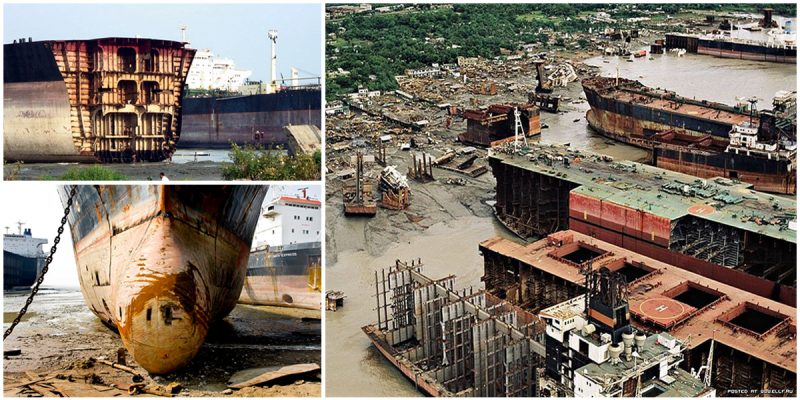Near the port city of Chittagong in Bangladesh lies one of the largest ship-breaking yards in the world. The Chittagong Ship Breaking Yard stretches for 20 km along the coast on the Bay of Bengal, where more than 200,000 Bangladeshis break down up to 100 ships a year, ferrying millions of tons of goods across the globe.
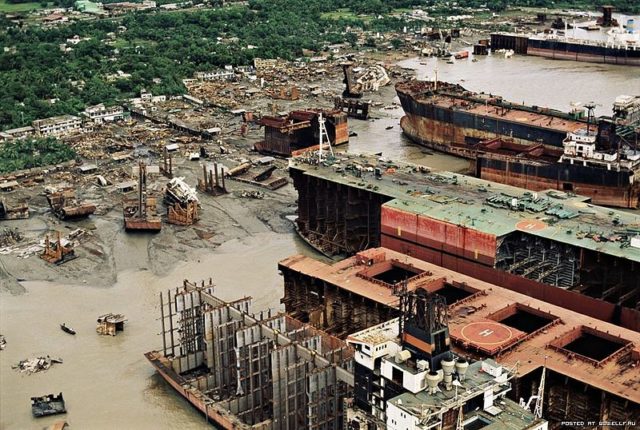
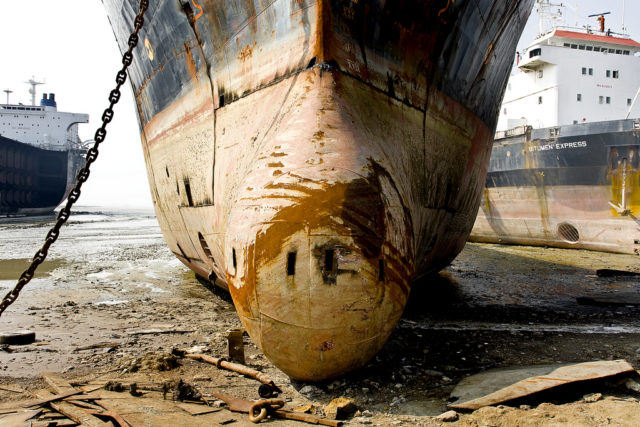
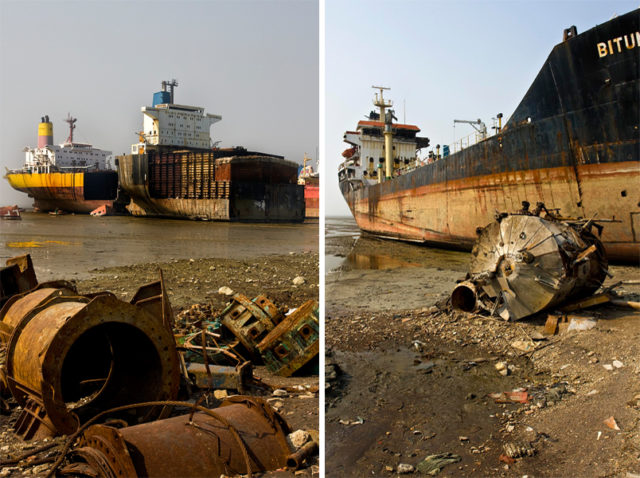
Shipbreaking is a challenging process, due to the structural complexity of the ships and the environmental, safety and health issues involved.
Conducted on a dismantling yard, it involves a wide range of activities. From removing all the gear and equipment that are on the ships to cutting down and recycling the ship’s infrastructure.
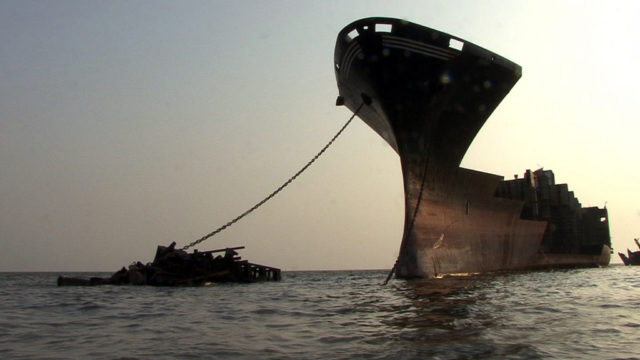
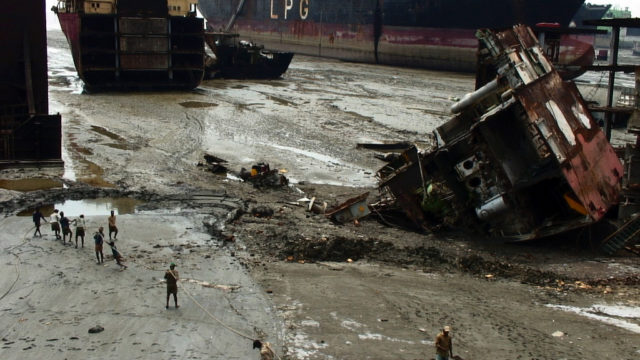
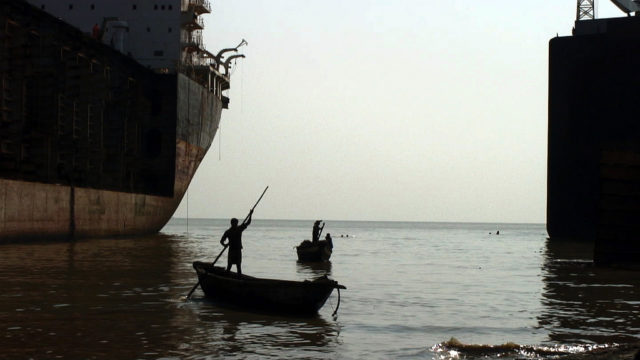
Heavy physical labour is necessary as the workers lack the proper machinery. Workers rip apart ships with their bare hands and a blowtorch to assist, dissecting the ship, bolt by bolt, rivet by rivet.
The work is extremely difficult, and low-paid workers, many of whom are children, face significant risks from the dangerous conditions and exposure to materials like asbestos and toxic heavy metals.
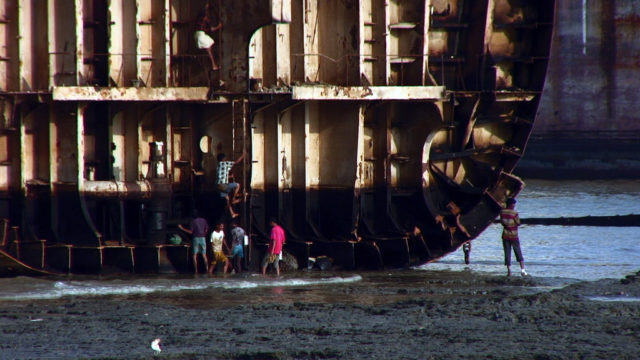
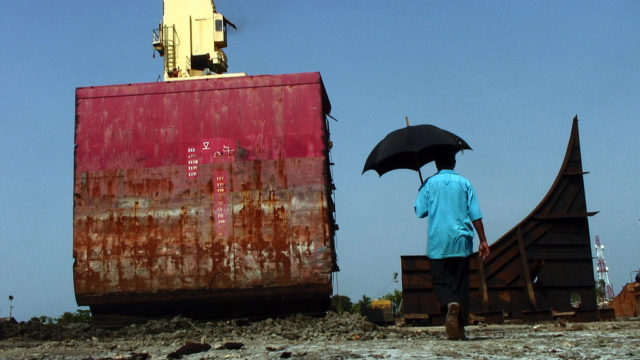
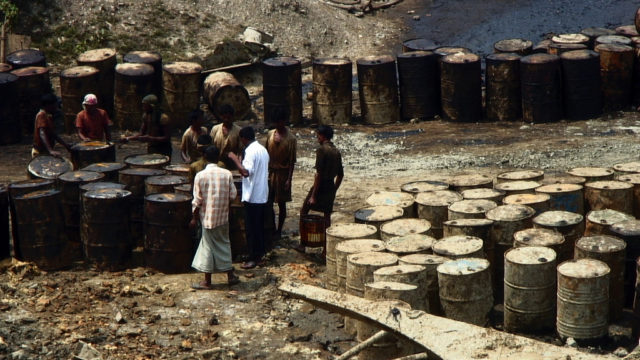
In 1960, after a severe cyclone, the Greek ship M D-Alpine was stranded on the shores of Sitakunda, Chittagong. It could not be re-floated so remained there for several years. In 1965, Chittagong Steel House bought the ship and scrapped it. It took years to scrap the vessel, but the work gave birth to the industry in Bangladesh.
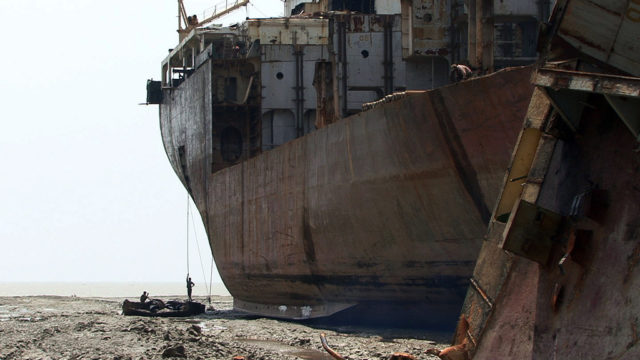
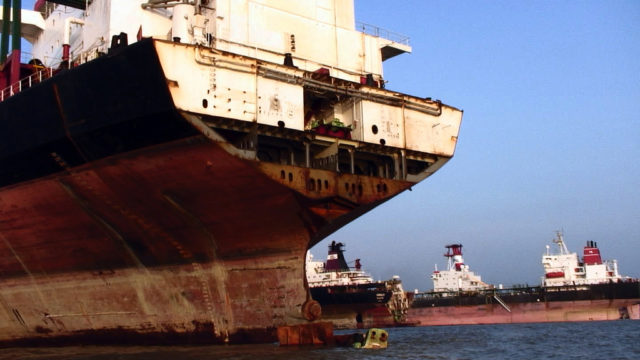
During the Bangladesh Liberation War in 1971, a Pakistani ship “Al-Abbas“ was damaged by bombing, and later on, the ship was salvaged by a Soviet team and brought to the Fauzdarhat seashore. A local company, Karnafully Metal Works Ltd bought it as scrap in 1974, introducing commercial shipbreaking in Bangladesh.
The industry grew steadily through the 1980s and, by the middle of the 1990s, the country ranked number two in the world by tonnage scrapped. Today it has become a large and profitable industry for Bangladesh.
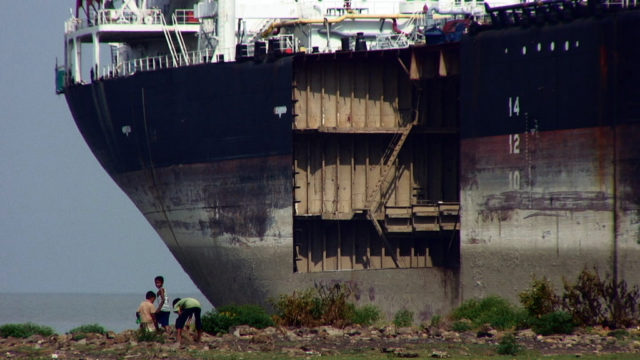
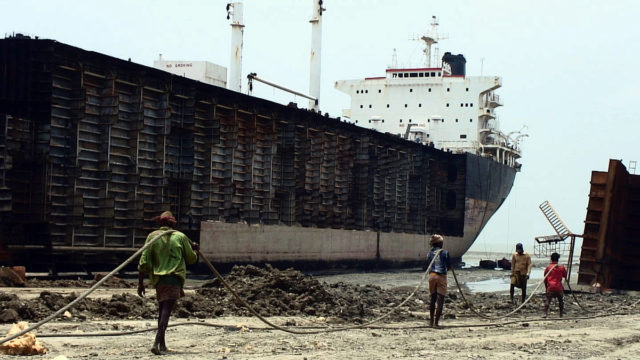
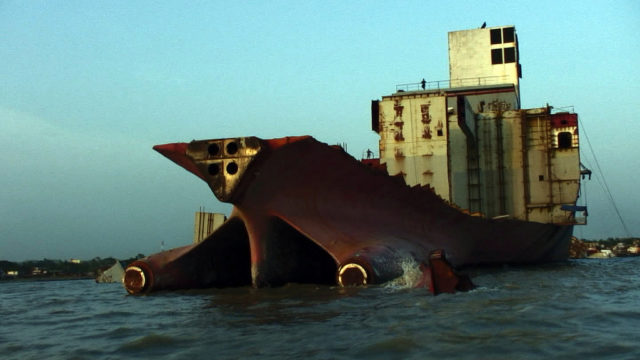
In 2008, there were 26 ship breaking yards in the area, and in 2009 there were 40. From 2004 to 2008, the area was the largest ship-breaking yard in the world. However, by 2012 work at the yard accounted for just one-fifth of the global shipbreaking industry, down from a whopping 50%.

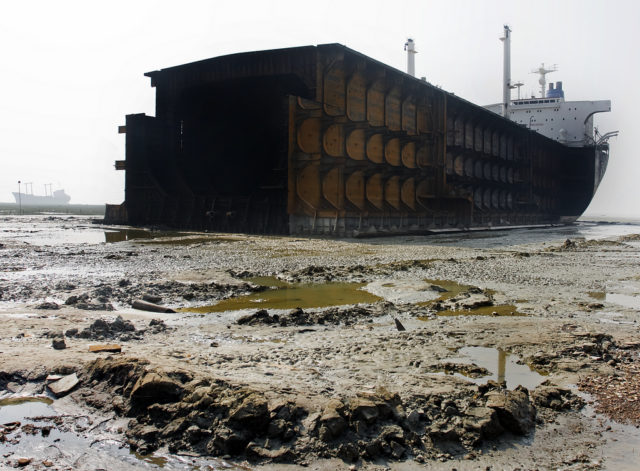
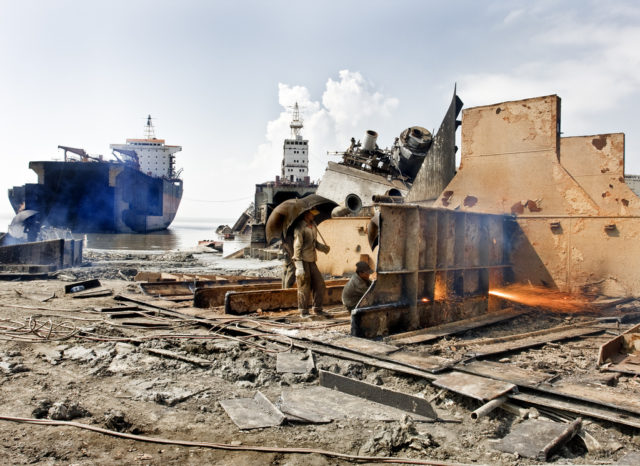
It is estimated that at least 30 men died during 2011-12 alone. Most accidents are related to falling from heights, getting crushed by falling steel or by exploding tanks. Environmental groups have raised alarms for years over the continued release of toxins into the environment from these shipyards.
